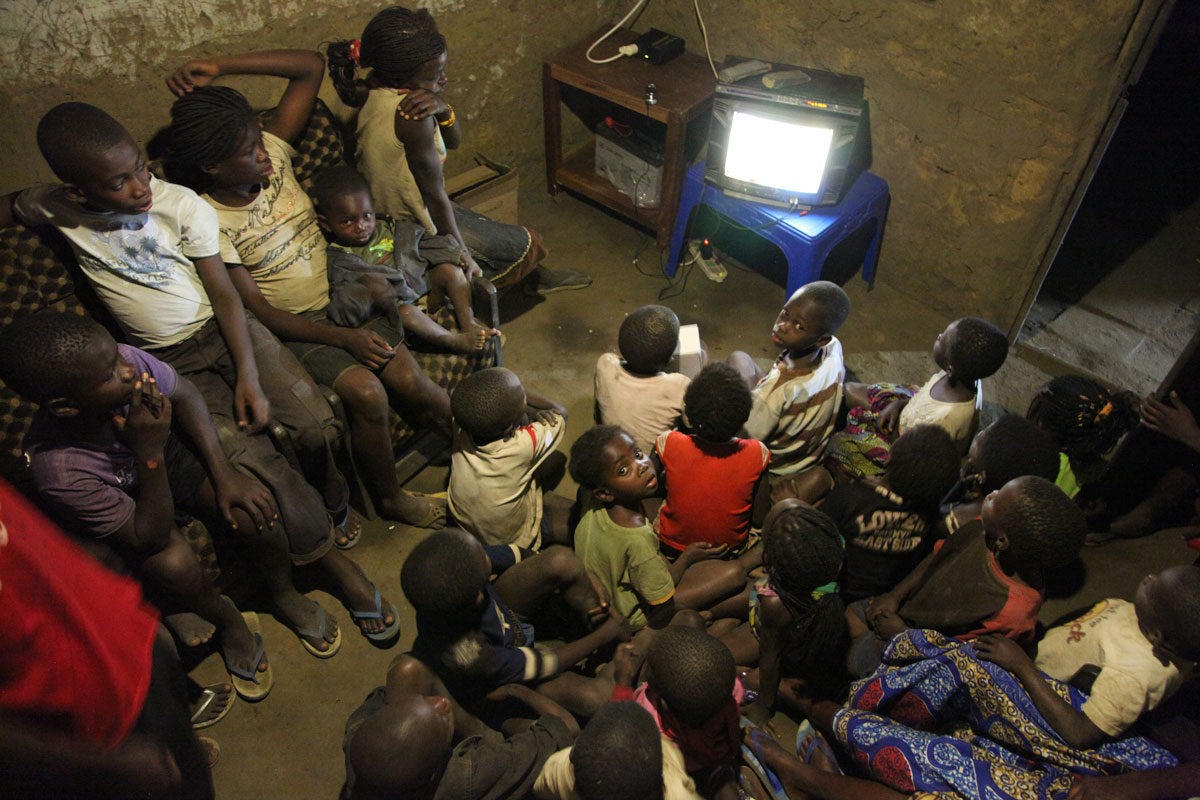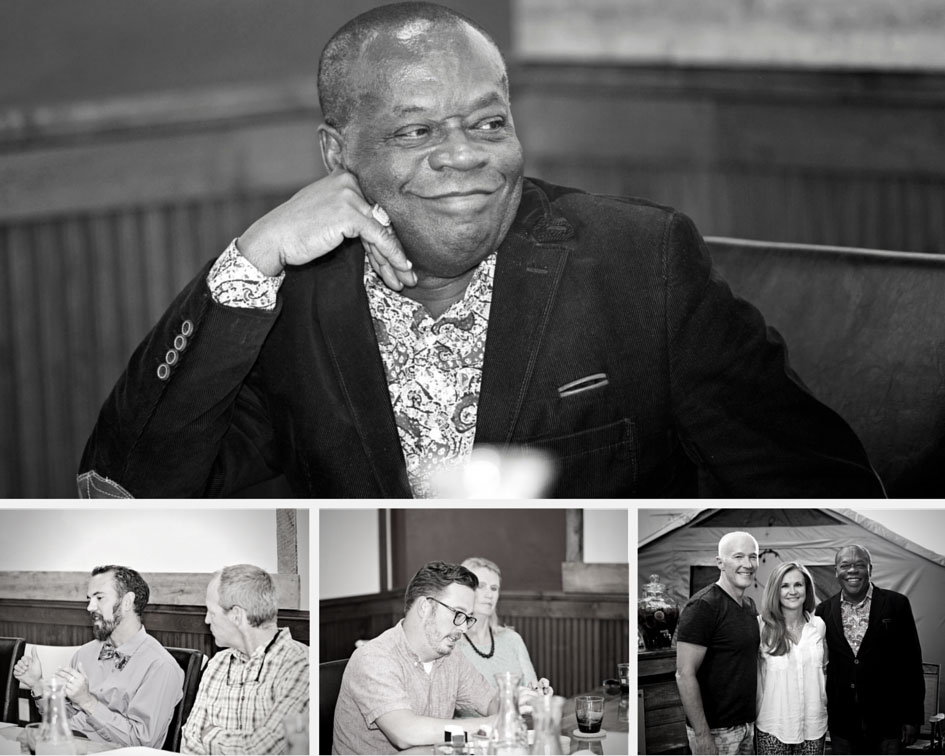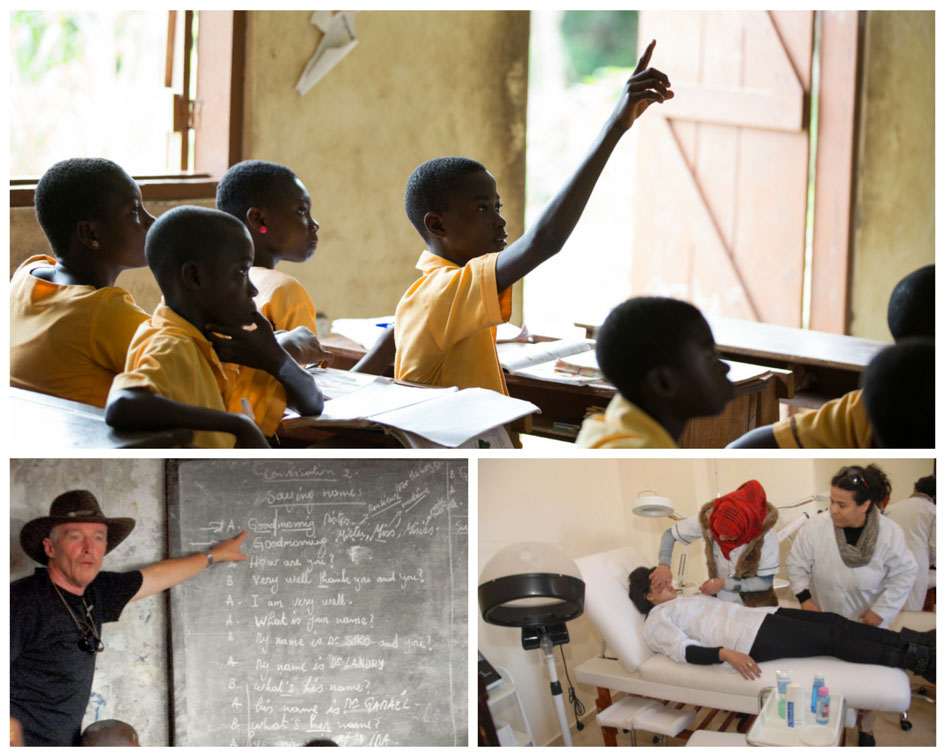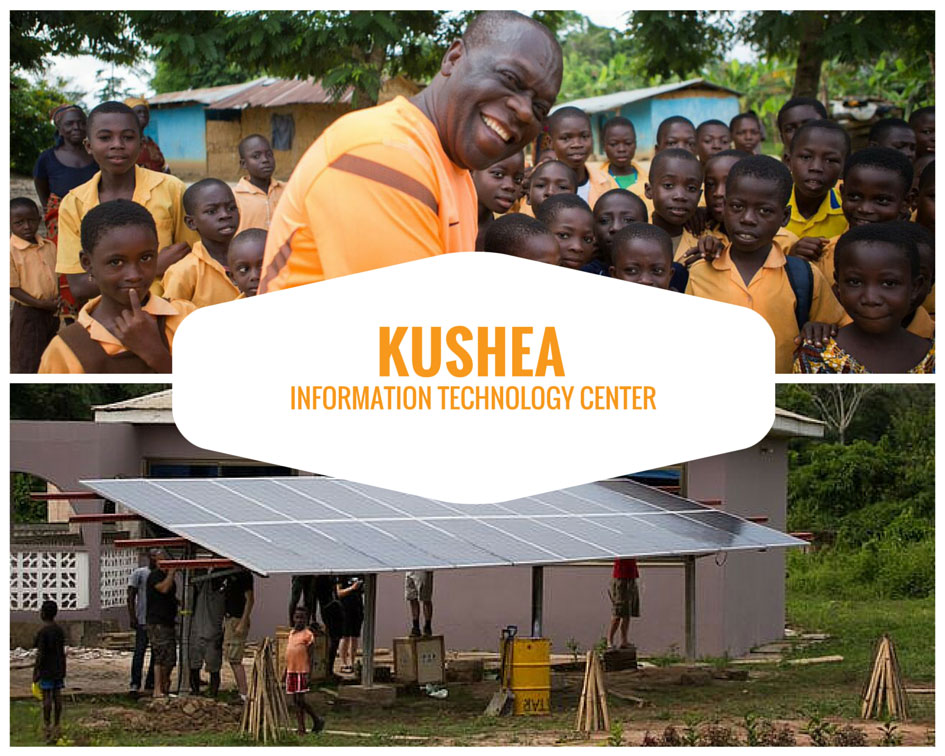“In our journey, we realized that we could still help lift people out of poverty, but we didn’t have to do it alone. We could find like-minded communities and organizations, and together we could do miracles.” –Robert Workman, Founder of Tifie
As we sat down with King Nana Prah, leader of the Kushea area in Ghana, Africa, we couldn’t help but get an instant feeling of inspiration. His passion for the education and success of his village is overwhelming, but it was his warm and welcoming smile that made us instantly connect and feel like we had known him for years. With representatives from both Utah’s first farm-based Charter High School, Roots, and Westminster College, we all gathered around together for the same things; to hear some incredible stories, share ideas, and ultimately do good.
King Nana Prah started out with the beginning of his journey as the leader of the Kushea area.
“30 years ago, I returned to Ghana after receiving my education in England. At that time the area had no electricity, water or health facility, and a poor excuse for a school system. I remember one year, not one student passed the end of year exam. After I investigated further I found that there were three classes for 180 students and only 1 ½ teachers. I say ½ because the teacher was rarely there, and when he was, not a lot got taught. Let’s just say it wasn’t a school I would want to send my son to.”
Years later, the schools have improved, but because they are in a rural area experienced teachers are hard to come by. Even when they are transferred to the area most won’t come due to lack of living spaces to rent, connectivity with their ongoing education at universities within the city, and lack of amenities they would expect coming from larger areas, ultimately leaving the kids at an unfair disadvantage. How can we expect kids to learn when they don’t have the resources necessary to make it happen?
“In our schools each year, 90% of the 14 year olds won’t pass the state exams due to lack of resources. Of the 10% who qualify to continue their education, only 50% will actually go due to the inability to pay. That means each year 1,000 14 year olds are set out into the world with poor education and absolutely no skills. As rural children with a hope for a better future, the majority will head into the city. Many will be taken advantage of, become single moms, or turn towards a life of crime because they can’t do anything else, ultimately returning to the villages years later, trying to create a life for themselves”
King Nana has struggled with this year after year. How can he intervene so these children have a second chance at a good life with skills that bring their family income so they may thrive? Since the Information Technology Center has been installed he finally has the answer, a vocational/technical school. Thanks to the solar panels installed at the ITC, students can return in the evening, for classes to learn skills that can bring them that second chance. It is unlike anything else they have ever offered, but after seeing the King’s face light up with excitement talking about this project we can’t wait to see what lies ahead for the incredible community of Kushea.














